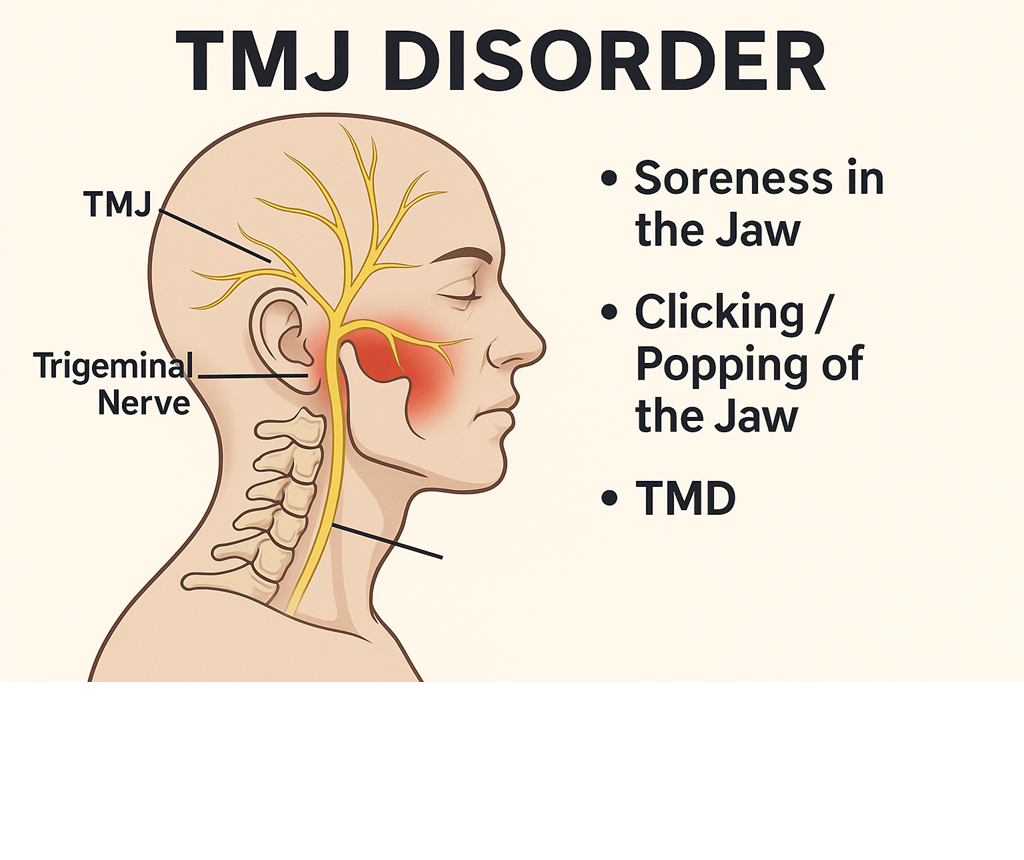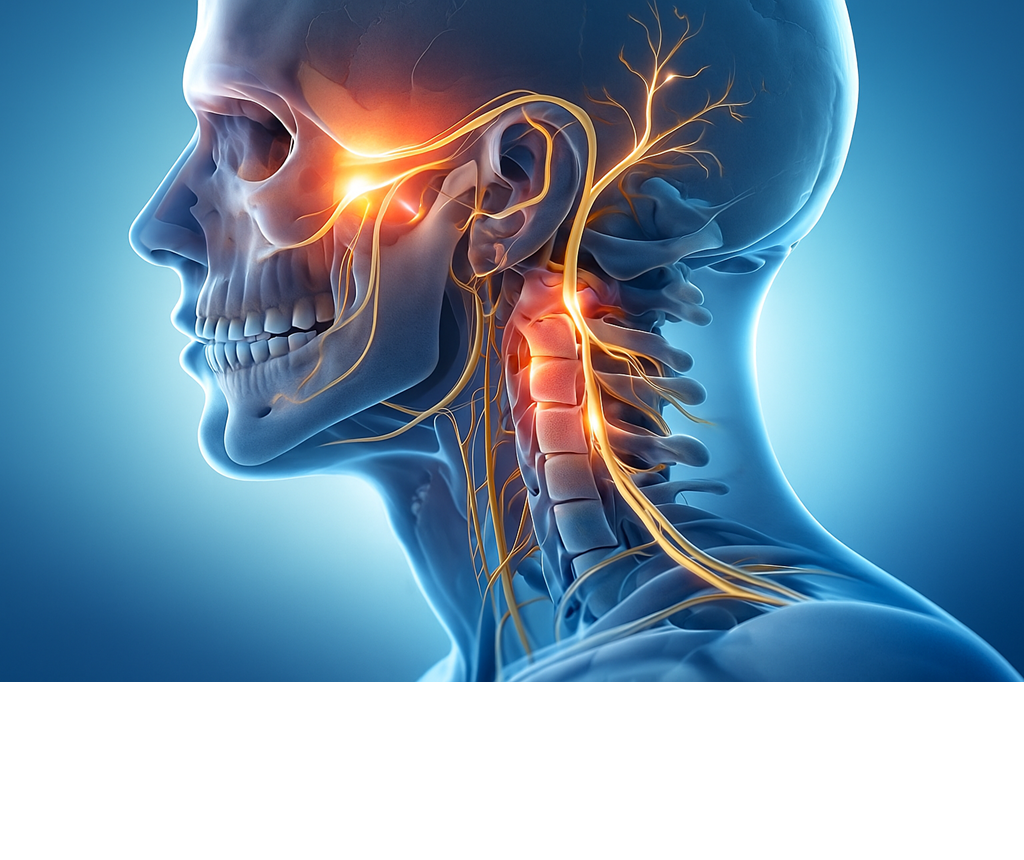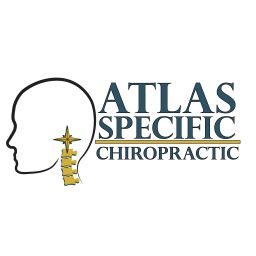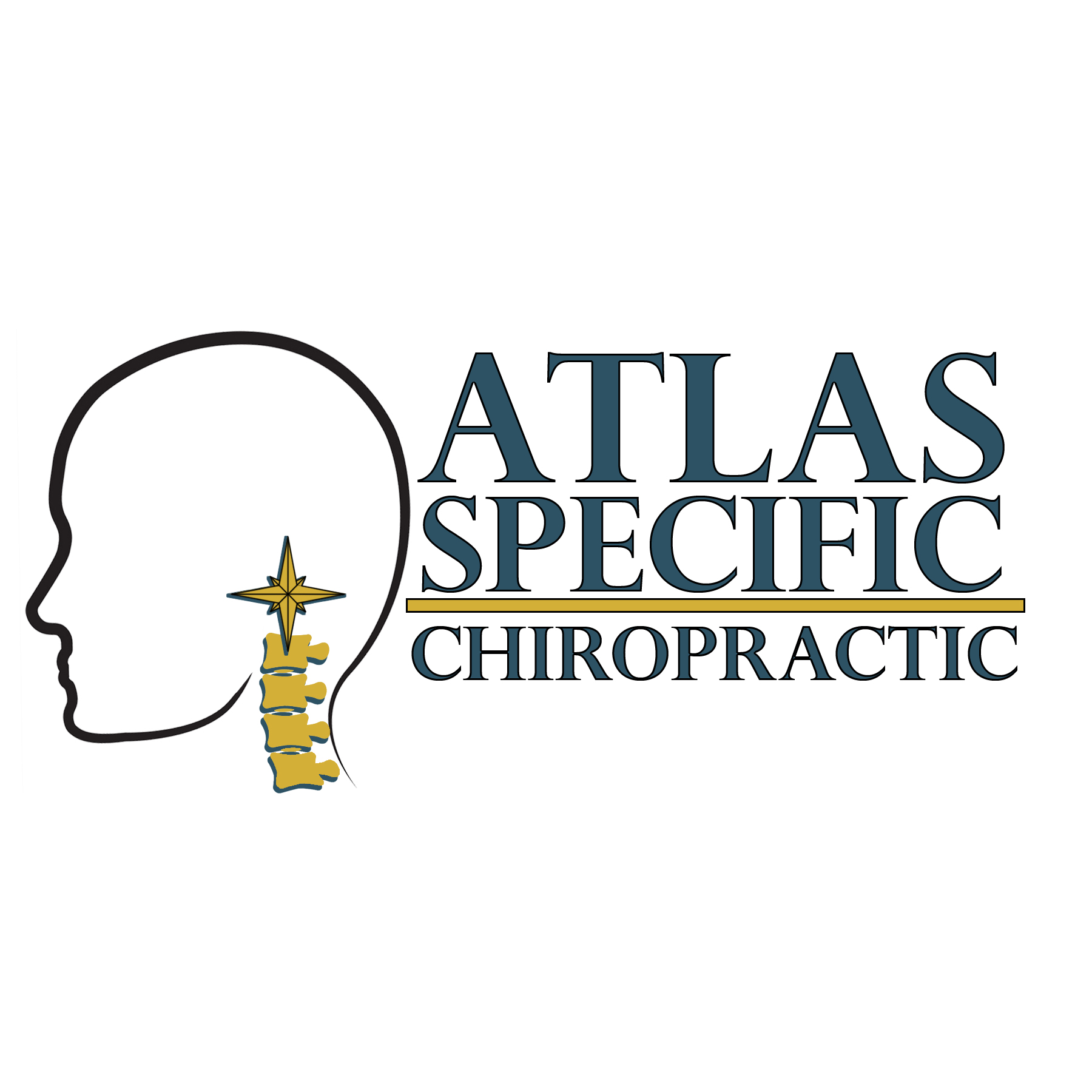

TMJ/TMD
Natural Relief for Jaw Pain, Clicking, Popping, and Facial Tension Through Upper Cervical Care
Understanding TMJ & TMD
The temporomandibular joint (TMJ) is the hinge connecting the jaw (mandible) to the skull.
When this joint becomes irritated, inflamed, or misaligned, it creates a condition called TMD (temporomandibular dysfunction).
TMD can affect more than just the jaw — it can influence the head, neck, ears, and even the nervous system.
Common symptoms include:
-Jaw pain or soreness
-Clicking, popping, or grinding when opening and closing the mouth
-Difficulty chewing
-Jaw locking (open or closed)
-Facial pain or pressure
-Ear fullness or ringing
-Headaches or migraines
-Neck tightness or restricted movement
TMJ problems aren’t always caused by dental issues. In many cases, the underlying cause is structural and neurological, especially when the atlas (C1) and axis (C2) vertebrae are misaligned.
Why TMJ Problems Happen
The TMJ is controlled by a complex system of muscles, nerves, ligaments, and joints.
These structures depend on the upper cervical spine for balance, coordination, and normal function.
TMJ dysfunction often develops due to:
-Neck misalignment (especially C1/C2)
-Previous jaw or facial trauma
-Whiplash injuries
-Bruxism (teeth grinding or clenching)
-Poor posture or forward-head posture
-Stress or jaw tension
-Muscle imbalance in the neck or upper back
-Miscommunication between the jaw muscles and cranial nerves
Because the jaw and neck work together as a unit, when the neck is out of alignment, the jaw often shifts or compensates.
This is why so many patients experience jaw pain and neck pain together.
Clicking, Popping & Grinding in the Jaw
When the jaw makes noise — clicking, popping, grinding — it’s a sign that the TMJ is not moving smoothly.
These noises are often caused by:
-Improper tracking of the joint
-Disc displacement
-Tight or imbalanced jaw muscles
-Misalignment of the skull-to-jaw relationship
-Compensation from upper cervical misalignment
The body tries to protect the joint by tightening muscles such as:
-Masseter
-Temporalis
-Pterygoids
-Sternocleidomastoid
-Upper trapezius
This creates a cycle of tension that leads to more clicking, jaw fatigue, and soreness.
Correcting the underlying structural imbalance helps the jaw move more normally and reduces the need for your muscles to compensate.
The Trigeminal Nerve Connection
The trigeminal nerve (cranial nerve V) controls sensation in the face and jaw muscles.
If the upper cervical spine becomes misaligned, it can affect brainstem function and irritate nerve pathways related to the trigeminal system.
This can cause:
-Facial pain
-Jaw pain
-Ear symptoms
-Head pressure
-Tension headaches
Trigeminal neuralgia is the extreme end of this nerve irritation — a condition you cover on its own dedicated page. But even mild trigeminal irritation can play a major role in TMJ discomfort and jaw dysfunction.
Why TMJ & Neck Pain Occur Together
The jaw and neck are mechanically and neurologically linked. When the atlas is misaligned:
-Muscles on one side of the face and jaw tighten
-The head shifts forward or tilts
-TMJ biomechanics change
-Pressure increases on one side of the jaw
-Bite imbalance develops
-Nerves become more sensitive
This creates a pattern where TMJ issues may flare with:
-Neck stiffness
-Stress
-Poor posture
-Sleep position
-Clenching or grinding
-Forward-head posture at computers or phones
Correct the top of the neck, and the jaw often begins to relax and stabilize naturally.
How Upper Cervical Chiropractic Helps TMJ & TMD
At Atlas Specific Chiropractic, we correct the alignment of the upper cervical spine with precision — reducing stress on the jaw, face, and surrounding muscles.
✔ Functional Neurological Scans
Tytron thermography detects nerve irritation affecting jaw muscles, facial nerves, and neck structures.
✔ Precision 3-View Upper Cervical X-Rays
We measure atlas and axis misalignment down to 1/100th of a degree and millimeter to map your exact correction.
✔ Gentle AHKC (Advanced HIO Knee-Chest) Technique
This specific adjustment requires no twisting or popping, but restores alignment through gentle and precise correction.
✔ Relaxed, Balanced Mechanics
As alignment improves, patients often notice:
-Less jaw clicking and popping
-Reduced facial and jaw pain
-Improved ability to chew
-Fewer headaches
-Lower ear fullness and pressure
-Better posture and neck range of motion
-Reduced clenching and grinding
Upper cervical care addresses the root neurological and structural imbalance, not just the jaw symptoms.
Signs Your TMJ Problems Are Related to Your Neck
You may benefit from upper cervical evaluation if you:
-Have TMJ pain along with neck pain or headaches
-Notice jaw clicking or popping that worsens with stress or posture
-Have ear symptoms with your jaw pain
-Experience jaw tightness after sleeping or computer work
-Grind your teeth unintentionally
-Have a history of whiplash, concussion, or falls
-Have trigeminal nerve sensitivity
-Have been told “your jaw looks fine” by a dentist
These patterns strongly suggest an upper cervical component.
Find Relief Through Gentle, Precise Care
TMJ/TMD can be painful, distracting, and exhausting — but lasting relief is possible when the underlying cause is addressed.
By restoring proper alignment of the atlas and axis, the jaw, face, and neck can finally work together the way they were designed to.
At Atlas Specific Chiropractic in Hiawatha, IA, we help patients throughout the Cedar Rapids area find relief from TMJ pain, jaw clicking, facial tension, and related nerve irritation through gentle, specific upper cervical care.
📞 Call (319) 343-8540 or schedule your first visit today to begin your healing.
Open Hours
Monday, Tuesday, Thursday
9:00 - 6:00
Wednesday
12:00 - 6:00
friday
9.00 - 2.00
© Atlas Specific Chiropractic | Powered by Webflow.




